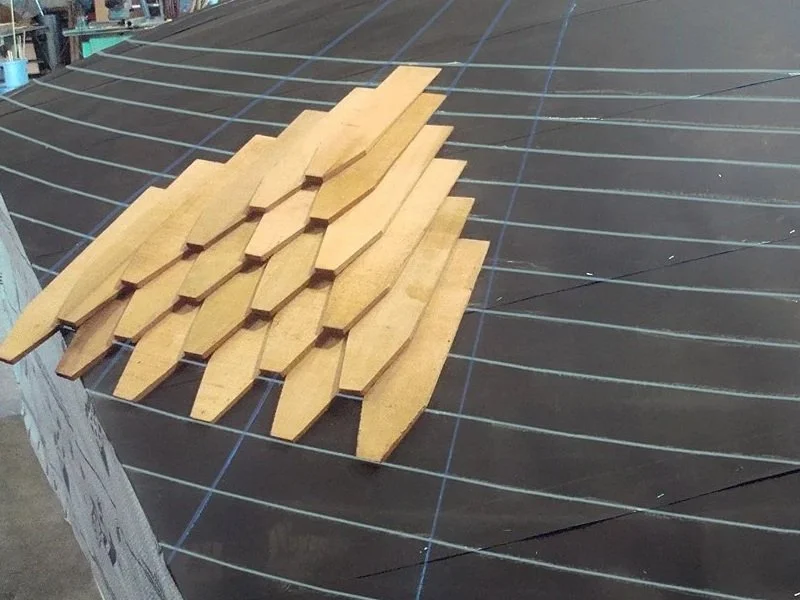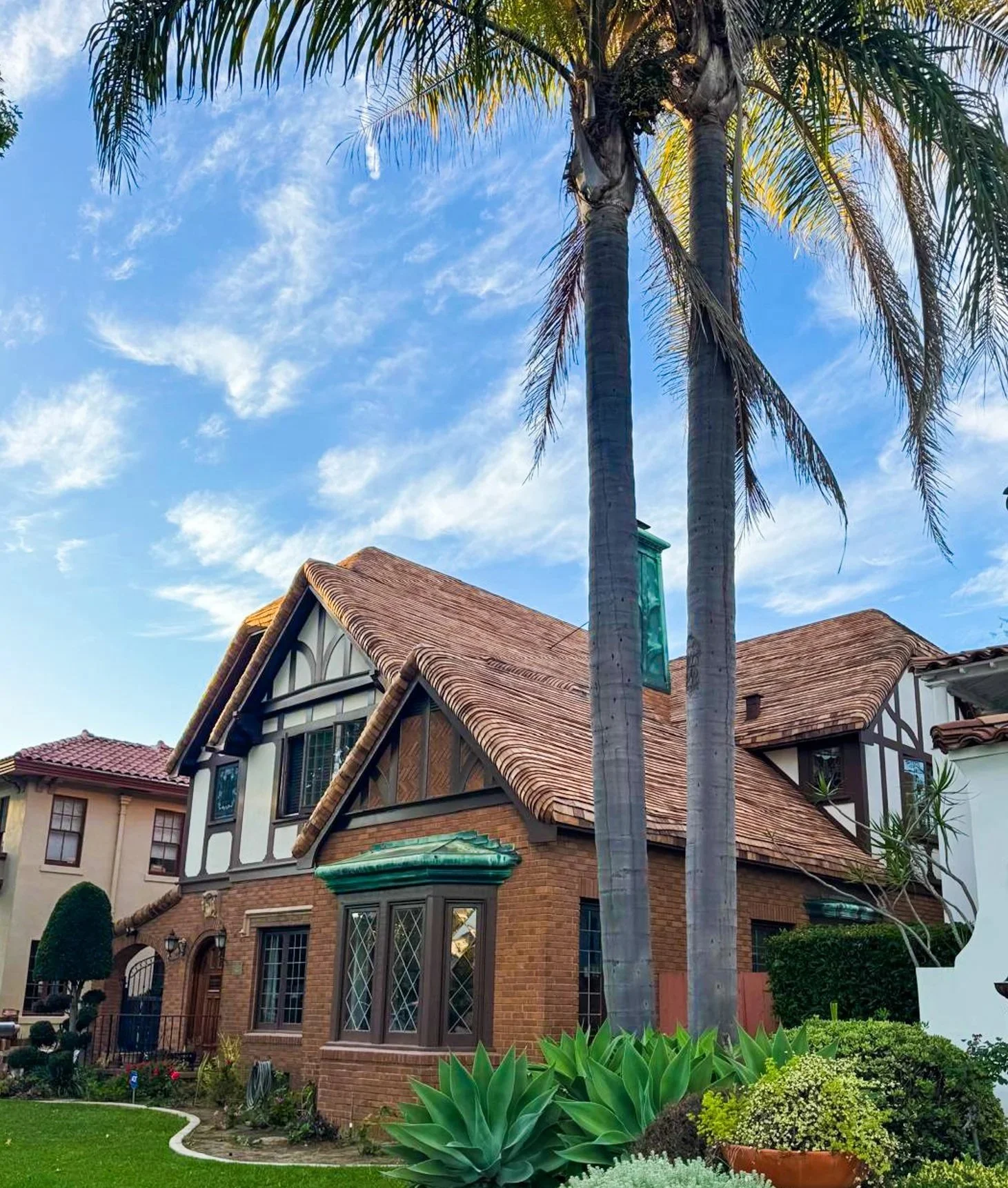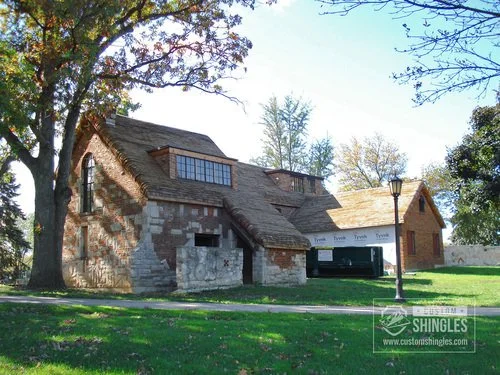This custom teak shingle project required both sourcing highly custom shingles, and carefully planning and designing to carry out the architect’s vision.
Cozy & Clean
Coastal Cottage
This stunning 1926 cottage is nestled along the Long Beach, California, Coast. We replicated the original “Faux-Thatch” Roof style on the Tudor style home, which included steam-bent shingles around the eaves and gables, as well as a mild-wave course installation to imitate the styling of natural thatch.
Guide to Maintaining a Cedar Roof
Minnesota Cottage Roof
Dormer Details
What are the Best Wood Shingles for a House in the Tropics?
We recommend Wallaba Shingles, Teak Shingles or CCA Treated Cedar Shingles for houses located in tropical regions. While untreated wood is an excellent, long-lasting option for areas without high humidity, Wallaba, Teak and CCA Treated Shingles have elements which allow them to hold up better against the high humidity and moisture in the tropics.








